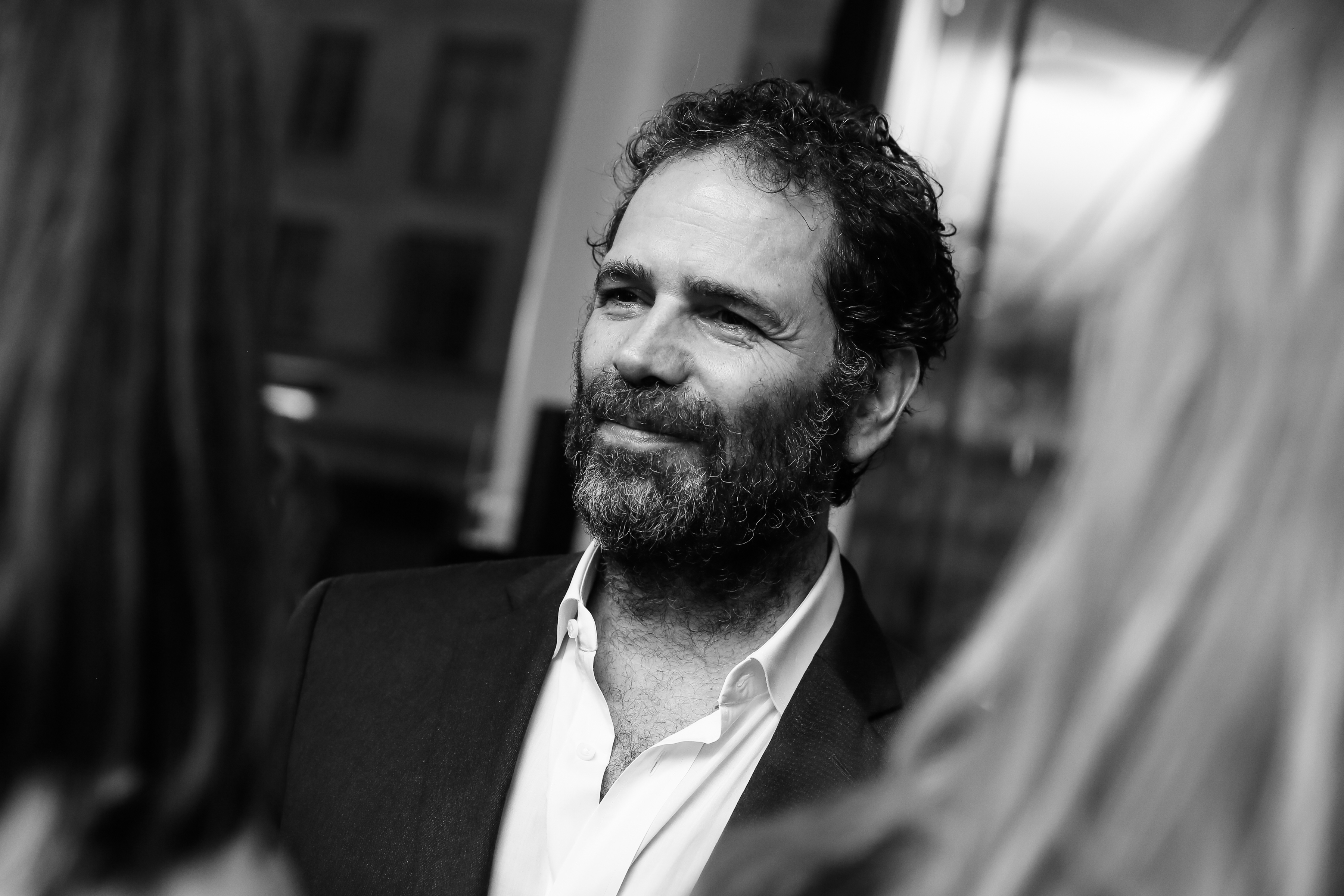
The taste-making dealer Gavin Brown is shutting down the eponymous gallery he founded in 1994 to join Gladstone Gallery as a partner, Artnet News has learned. As part of the alliance , some—but not all—of Brown’s high-profile artists will join Gladstone’s power-packed roster, putting the expanded business firmly in mega-gallery territory.
At a time of unprecedented upheaval in the art industry, the move is likely to impact the global contemporary art circuit in a powerful way. The arrangement will bring to an end the legendary run of Gavin Brown’s Enterprise after decades of deeply influential programming. Looking ahead, Barbara Gladstone says the new model also represents a way to adapt to what will be a forever altered art-market landscape.
Gladstone Gallery. Photo courtesy Gladstone Gallery
“I think that this moment in history is an important time to think of new possibilities in the art world,” Gladstone, who confirmed the hire on Monday, told Artnet News. “This new alliance with Gavin feels natural, evolutionary, and auspicious. I have long admired Gavin for his originality and individual presence, and these are extremely valuable qualities to me, which should be encouraged in all of us. I am thrilled to have this opportunity to work with Gavin and this remarkable group of artists.”
Among the talent joining the gallery is Alex Katz, the nonagenarian painter who last October saw a painting sell for $4.2 million at Phillips in London, as well as Arthur Jafa, the winner of the Golden Lion at the 2019 Venice Biennale. Joan Jonas, who represented the US at the Venice Biennale in 2015, is coming to Gladstone as well, as are longtime GBE artists Rirkrit Tiravanija, Mark Leckey, and Frances Stark.
Brown is also bringing along artists Rachel Rose, LaToya Ruby Frazier, Ed Atkins, and Kerstin Brätsch, all of whom joined his gallery’s roster in the past few years.
Barbara Gladstone. Photograph by Sharon Lockhart, Courtesy the artist and Gladstone Gallery
Of the surprise move, Gladstone partner Max Falkenstein said, “We look forward to building a new future for the gallery with the support of Gavin’s remarkable and singular vision, as well as the artists joining us.”
In the same statement, Brown offered little insight into his decision to close the gallery and join another shop, or how much the current state of the art market—as galleries large and small struggle to stay afloat amid the suspension of art fairs and a lack of in-person viewing opportunities—contributed to the decision. When asked for comment, he said that he was interested in moving on to the next step.
“The past 26 years were an extraordinary ride and to have worked with the people I met along the way was the privilege of a lifetime. I feel very fortunate to be able to start this new chapter with Barbara and Max,” Brown said.
While the expansion of Gladstone Gallery will only enhance its global footprint and already formidable roster, Brown’s new role will end an inimitable gallery that launched the careers of Peter Doig, Urs Fischer, Elizabeth Peyton, and so many others. It’s no exaggeration to say that Brown, an uncompromising figure who always treated the business side of running a gallery with an artist’s inventiveness, cut a striking figure through the last three decades of contemporary art history. As it moved around New York City over the years, the gallery remained an essential place to see new art, starting with the small west SoHo space he opened in 1994 and continuing with the iterations on West 15th Street, on Leroy Street in the West Village, and then finally the giant Harlem space he opened in 2016.
According to the gallery, the logistics of the arrangement are still being ironed out. The Enterprise’s current Harlem headquarters, a cavernous former brewery on 127th Street that Brown converted into a three-story space in 2016, will close permanently. (Another Gavin Brown gallery, on the top floor of a Lower East Side building, opened in 2014 and closed last summer.)
Brown will continue to lead the Rome space he opened in 2015—a gloriously raw deconsecrated eighth-century church in the bar-stuffed Trastevere neighborhood. (Gladstone also operates one space in Brussels and three in New York.)
The exact number of artists who will make the jump from Gavin Brown to Gladstone is still up in the air. A rep for the gallery said that more could be announced in the coming days. But what’s already confirmed represents a good chunk of Brown’s roster, and will legitimize Gladstone as a full mega-gallery in the same breath as Gagosian, Hauser & Wirth, David Zwirner, and Pace.
The current list does, however, exclude dozens of artists who have been associated with Gavin Brown’s Enterprise over the years, including Laura Owens, Cy Gavin, Brian Belott, Jonathan Horowitz, Karl Holmquist, and Rob Pruitt. There are also the estates of Jannis Kounellis and Sturtevant, which were both repped by Gavin Brown following the artists’ deaths in 2017 and 2014, respectively.
Also up in the air is exactly when operations will stop at the New York gallery, which has been closed except for appointments since March, but still employing staff members unaffected by a wave of furloughs earlier this spring. Sources said that those still on payroll were being informed of the shutdown today. When asked what staff would be brought over, a rep for Gladstone said, “We are assessing the staffing needs of the new partnership and will have more information to share about this in the future.”